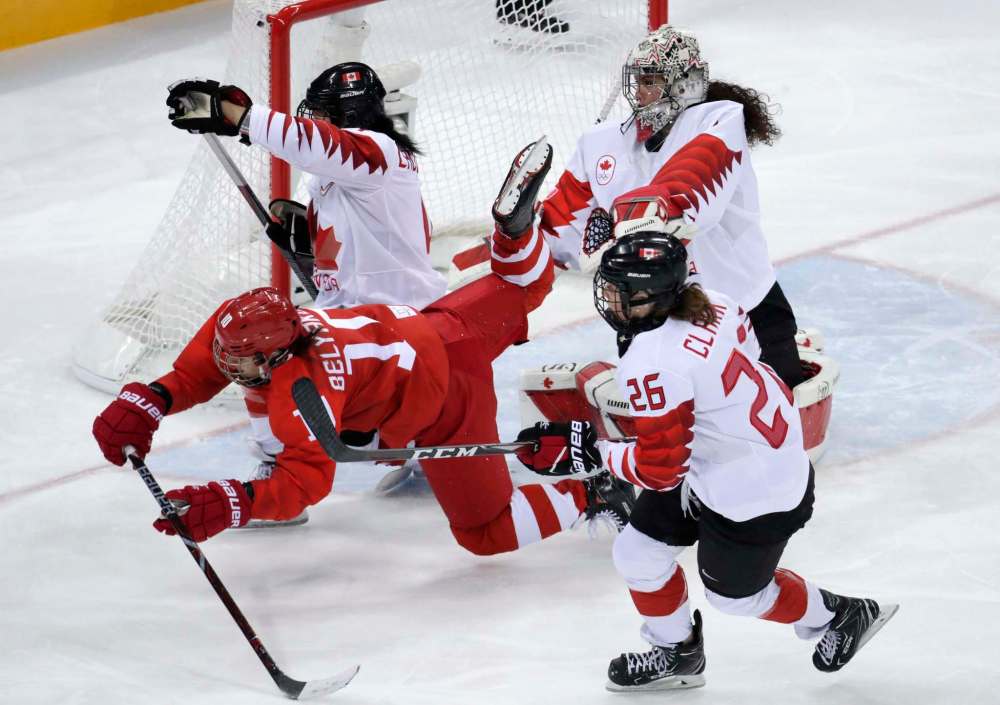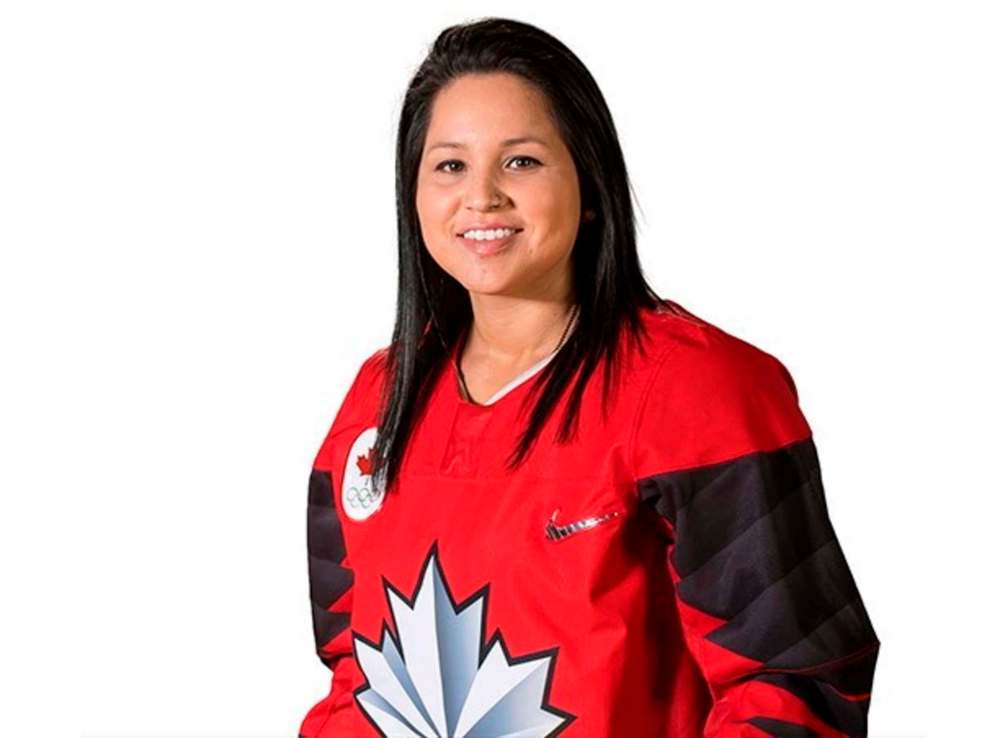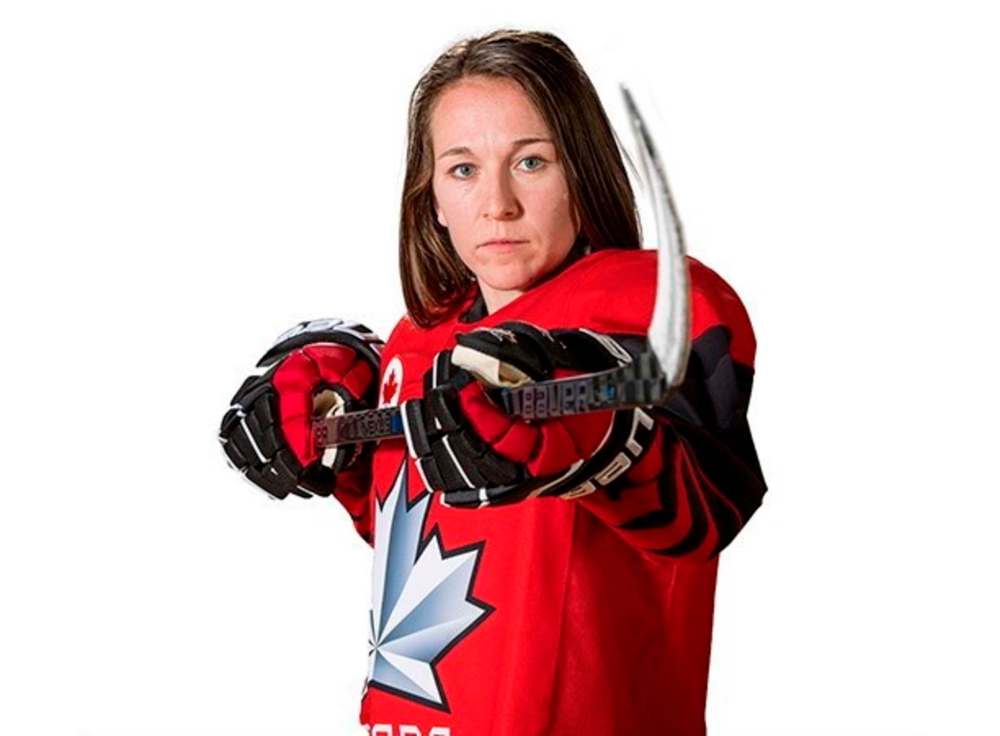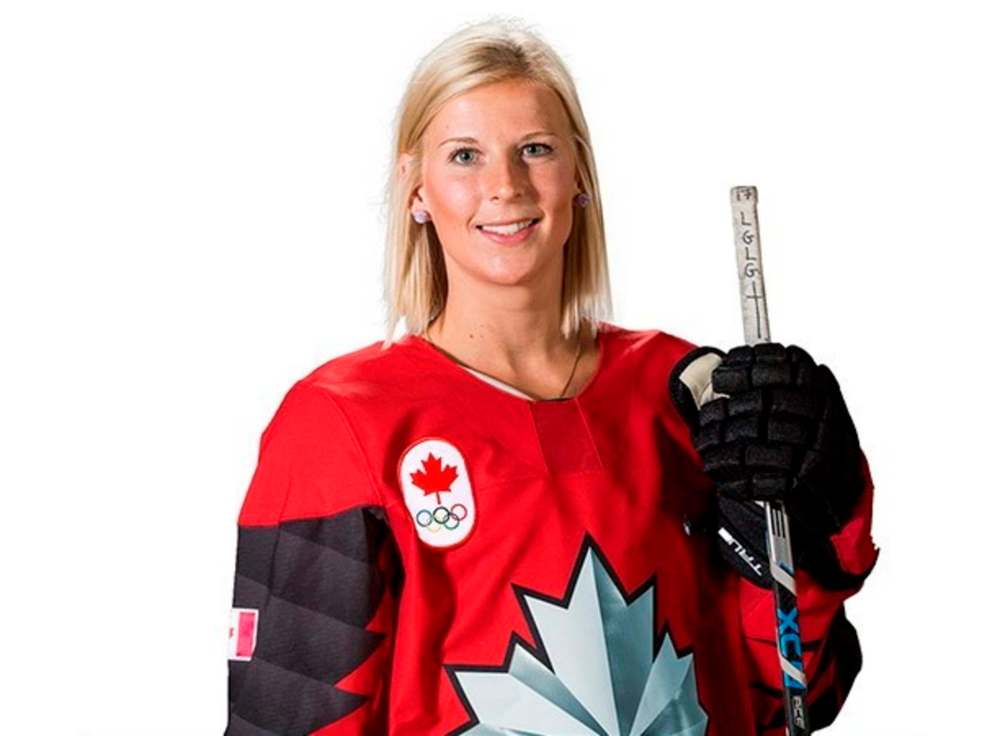Women from tiny towns make huge leap to centre stage in gold medal hockey final
Advertisement
Read this article for free:
or
Already have an account? Log in here »
To continue reading, please subscribe:
Monthly Digital Subscription
$1 per week for 24 weeks*
- Enjoy unlimited reading on winnipegfreepress.com
- Read the E-Edition, our digital replica newspaper
- Access News Break, our award-winning app
- Play interactive puzzles
*Billed as $4.00 plus GST every four weeks. After 24 weeks, price increases to the regular rate of $19.00 plus GST every four weeks. Offer available to new and qualified returning subscribers only. Cancel any time.
Monthly Digital Subscription
$4.75/week*
- Enjoy unlimited reading on winnipegfreepress.com
- Read the E-Edition, our digital replica newspaper
- Access News Break, our award-winning app
- Play interactive puzzles
*Billed as $19 plus GST every four weeks. Cancel any time.
To continue reading, please subscribe:
Add Winnipeg Free Press access to your Brandon Sun subscription for only
$1 for the first 4 weeks*
*$1 will be added to your next bill. After your 4 weeks access is complete your rate will increase by $0.00 a X percent off the regular rate.
Read unlimited articles for free today:
or
Already have an account? Log in here »
Hey there, time traveller!
This article was published 19/02/2018 (2783 days ago), so information in it may no longer be current.
GANGNEUNG — Mallard, Manitoba is located 330 kilometers northwest of Winnipeg, 130 kilometres southwest of Dauphin and very close to the middle of nowhere.
According to the 2016 census, it has 78 residents and 40 homes. According to the town’s website, the Monday night bingo game is “CURRENTLY ON HOLD.’
And, as of Monday night Korea time, Mallard also has one other thing: an Olympic medallist in their midst.

Brigette Lacquette, one of just a handful of indigenous athletes to ever compete for Canada at the Winter Olympics, officially added an Olympic medal to her list of accomplishments here on Monday with the Canadian women’s hockey team’s 5-0 victory over Olympic Athletes from Russia in the Olympic semifinal.
If you think that’s big for her, well, try to imagine how it’s playing back home in a town that had to wait until 1968 to get its first electricity, 1973 to get its first telephones and 2018 to get its first hometown Olympic gold medallist.
“Oh man, it’s huge,” Lacquette, a defenceman, told me here after the game. “So many people have helped me along the way. It’s just so exciting.”
The colour of Lacquette’s medal is still to be determined. That will come on Thursday in a gold medal game that will feature, as it seemingly always does, Canada playing the USA — who defeated Finland 5-0 in Monday’s other semifinal — for supremacy in women’s hockey.
But whatever the colour of that medal, Lacquette has already scored a victory here not only for herself, her country and indigenous athletes everywhere but also the eternal possibilities of small towns.
Small towns, of course, have always been the backbone of Canadian hockey. Mention Parry Sound, Ontario and most Canadians think of Bobby Orr. Cole Harbour, Nova Scotia? Well, that’s Sidney Crosby.
And there is literally no other reason — and I mean absolutely none — to know Floral, Saskatchewan, were it not for the fact it was the hometown of Gordie Howe.
Things have changed in the world at large — at a lightning pace — and yet it is still the small towns that seem to punch above their weight class when it comes to producing this country’s elite hockey players.
Consider, for a moment, just the Manitobans playing in this Olympic hockey tournament: In addition to Lacquette, Jocelyne Larocque and Bailey Bram are both from tiny Ste. Anne, 40 kms southeast of Winnipeg.
Ponder that for a moment: Ste. Anne had 5,003 residents in 2016 and two of them are over here right now playing on the same team and winning an Olympic medal.

My mind boggles at the odds of that. And I’m not the only one.
“Growing up, I’d never thought I’d be standing here right now,” Bram told me. “And I can’t thank the town enough — they’ve been there through everything right from the start.
“And Jocelyn I’ve known since I was literally two-years-old. I was her biggest fan growing up. It’s really cool to be here with her.”
Throw in Oakbank’s Quinton Howden and Morden’s Chay Genoway on Canada’s men’s hockey team over here and the one commonality uniting all these Olympic hockey players from Manitoba is that they grew up in small places where there wasn’t a lot to do in the winter.
If you live in an environment like that in Canada, it’s seemingly just a matter of time until someone throws some water on the ground and it freezes. And once that happens, well the rest of that story is as old as Canada.
It was both entirely coincidental and entirely not that Lacquette, Larocque and Bram all had backyard skating rinks growing up long before the ice they skated on had five iconic rings on it.
Bram’s backyard rink sounded like it was a labour of love. “My Dad put in a lot of hard work every year. He put up lights, he put in a red line and blue lines some years. And there was chicken wire behind the net so if we missed the net it wouldn’t go out.
“And the only rule was we had to shovel it. But we had a big family and there was always someone out there playing. And Jocelyne would come over and play all the time too.”
Larocque won gold with Canada in Sochi, but both Bram and Lacquette are Olympic rookies here for Team Canada.

And on Thursday, against all common sense and very long odds, all three will together make the leap from the frozen rinks of rural Manitoba to the biggest game in all of women’s hockey — the gold medal final between the only two countries that really matter in women’s hockey.
It is the Stanley Cup of women’s hockey, only this one is only played once every four years and it’s one game, winner-take-all.
“It’s what we dream of since we were little girls,” said Team Canada assistant-captain Brianne Jenner.
That it’s come down once again to Canada versus the U.S. in the gold medal game here is both a monument to how competitive Canada and the U.S. are at women’s hockey and how uncompetitive the rest of the world is.
And so Thursday’s gold medal matchup is as it should be.
“You have two great opponents at the end and I think it’s awesome that on the world’s biggest stage, you get to watch two powerhouses go at it,” said Team Canada coach Laura Schuler.
They will, undoubtedly, go at it. Sochi’s gold medal game was perhaps one of the most memorable hockey game ever played, with Canada tying the game in the final minute of regulation and then going on to break the Americans’ hearts in overtime.
It was the fourth consecutive Olympic gold medal for Canada’s women’s hockey program and you have to think that, sooner or later, the odds are going to catch up to Canada and an American women’s program that has been every bit our equal everywhere but here at the Olympics is going to finally win one.
Game time back home in Winnipeg will be 10:10 p.m. CT Wednesday evening. You’ve got to figure all of Mallard, all of Ste. Anne and most of Canada will be watching.
And you’ve got to figure there will be more than a few First Nations also taking a keen interest in a game in which the first ever self-identified indigenous woman will be playing on Team Canada and going for gold.

“I’m very happy to be that role model for First Nations kids across Canada,” said Lacquette. “And to play for my country — it’s very special for me.”
Lacquette has talked openly to reporters at these Olympics about the challenges she faced growing up in Manitoba, challenges that included both racism and bullying over a skin condition, not to mention the complex logistical obstacles involved in living in an isolated community while trying to become elite at a sport.
On a team that is the favorite to win here again this week, Lacquette — not to mention Bram and Larocque — are exactly the kinds of underdogs that every Canadian hockey powerhouse is made of.
They all overcame obstacles to get here. They’ve got just one more standing between them and gold.
email: paul.wiecek@freepress.mb.ca
Twitter: @PaulWiecek









